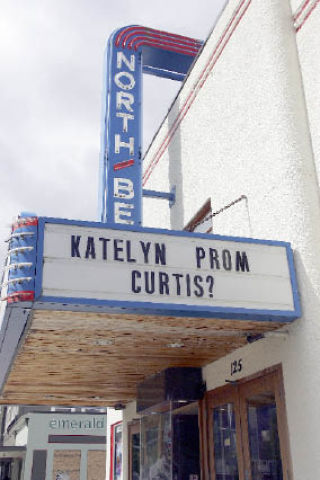to build a soccer camp with two dormitories for about 100 campers, a lodge with dining facilities, a caretaker’s residence and three-car garage, an outdoor ampitheater, a private residence, swimming pool and parking for 59 cars.
Peter Fewing and his attorney could not be reached by press time.
The Fewings’ plan was approved last summer by DDES. Neighbors appealed that decision in King County Superior Court, and a complaint by neighbor Chris Scoones sparked an investigation by the county ombudsman office of DDES’s initial approval of a grading permit in 2004 allowing the soccer field, the existence of which is the basis for the planned camp.
The permit application cited 490 cubic yards of fill material. Had the project exceeded 500 cubic yards, it would have triggered an automatic environmental assessment, which would include a public comment period. As it was, there was no requirement to inform neighbors.
Legal challenge
In their court case, neighbors contend that the soccer camp is not an allowed use under county zoning and that it fails to comply with criteria for the issuance of a conditional-use permit.
The Fewings applied for a conditional-use permit for the soccer camp on Dec. 30, 2004. In 2005, the zoning code changed to only allow recreational camps on 20-acre or larger parcels.
The neighbors’ attorney, Jeff Eustis, argues that the old law doesn’t allow a soccer camp but the new one does; however, the new code requires a much larger property.
Neighbors Scoones and Pete Glover told the Valley Record they feel bamboozled over how the soccer camp has been developed, and contend that the Fewings cherry-picked the county rules to get their project approved, starting with the soccer field.
“This is a commercial grade item being pushed onto an RA-5 lot,” Scoones said. “This is not a soccer camp. This is a sports complex.’”
“The whole shebang is based on the existence of a soccer field,” he added. “There’s no natural progression here. It has been set up this way, just for getting around these rules.”
“People buy rural because they want the peace,” Glover said.
In response to Scoones’ concerns, the county ombudsman’s office hired an independent engineer to look into how much dirt had been moved into the site. That engineer found that at least 3,000 cubic yards of dirt had been excavated and at least 1,000 yards brought in. DDES disputed the ombudsman’s figures, but, in an April 25 response to the ombudsman, DDES Director Stephanie Warden stated that about 1,000 cubic yards of fill dirt and 1,100 yards of excavated dirt had been moved on the site, according to a DDES evaluation.
As a result, “the Fewings’ application is now subject to the State Environmental Policy Act (SEPA) requirements,” Warden said. “The Department has concluded that the Fewings must apply for a supplemental grading permit.”
Randy Sandin, Land Use Services Division Director for DDES, told the Valley Record that neighbors will receive an opportunity to comment, once a response is received from the Fewings.
“It’s a very narrow focus,” Sandin said. “The only issue that’s under review is the volume related to the field.” Neighbors’ concerns will be evaluated, and if they are considered by DDES to be relevant to the requirements, will become part of the decision.
Distrust
“What we set out to accomplish is accomplished,” Senior Deputy Ombudsman David Spohr told the Record.
“It positions everybody who’s been trying to do the right thing,” Scoones said.
The new permit process could help shed light on issues the neighbors feared had been ignored, Spohr stated in his closing memo on the soccer field.
“DDES’ current decision to revisit its original determination is a step in the right direction, perhaps reducing some of the distrust levels in the rural areas,” he stated. “We remain concerned that DDES missed several opportunities in 2004 to ascertain the true project scope.
“Although the project was described as ‘grade current pasture for lawn,’ on the application, this was not a typical lawn landscape project,” Spohr stated. “The legality of soccer field use had been discussed at the highest levels of DDES prior to a permit being applied for. It was bound to engender controversy and community distrust that a more routine project would not, heightening the need for transparency in DDES’s initial review.”
“In summation, it stinks to hell and high water,” Scoones said. “Other folks should be equally torqued. For those in business, or home [owners], or developers, that have to go through a high level of effort and cost, navigating through the permitting process: here is an example of one that has been hand-held by DDES, all the way through.”


